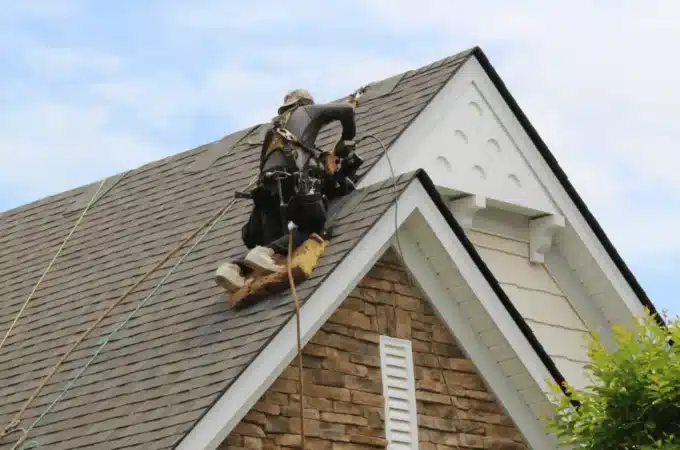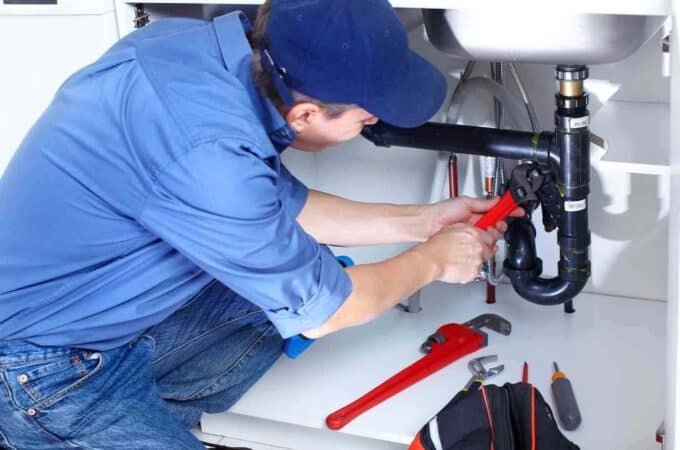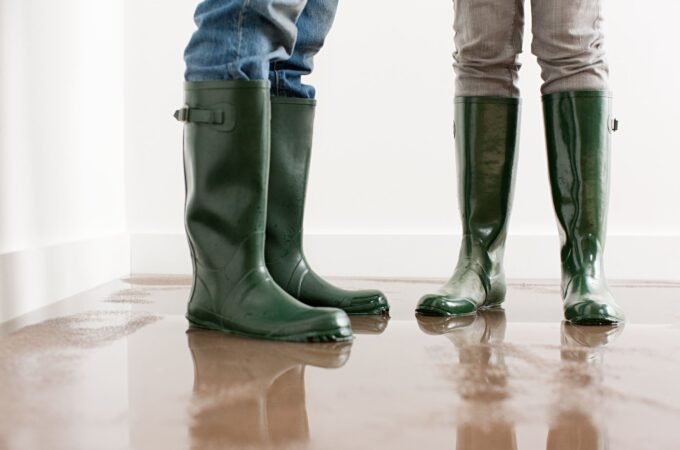
When Your Wine Cooler Needs a Little Help
A wine cooler is more than just a luxury appliance—it’s an essential tool for preserving the delicate notes and complex flavors of your favorite wines. But like any hardworking machine, it can occasionally falter. Whether your reds are too warm or your whites aren’t chilling like they used to, it’s time to take a closer look. Recognizing the signs that your wine cooler needs attention can save your collection and restore optimal storage conditions. In this article, we’ll explore the most common wine cooler issues, how to troubleshoot them, and when it’s time to call in a professional.
Table of Contents
Toggle1. Temperature Inconsistencies
Wine requires consistent temperatures—typically between 45°F and 65°F—to maintain flavor and maturity. If your wine cooler can’t hold a steady temperature, your collection is at risk. Fluctuations can be caused by a faulty thermostat, poor insulation, or blocked airflow.
Quick Fix:
- Check that the appliance isn’t too close to a wall, which can obstruct ventilation.
- Ensure the door is closing fully and that the seal isn’t cracked. If there are issues with the door closing, the easiest thing to do is search for vintec wine fridge spare parts.
- Use an appliance thermometer to monitor internal conditions and compare with your settings.
When to Get Help:
If resetting the thermostat and improving airflow don’t solve the issue, a technician may need to replace the thermostat or compressor.
2. Strange Noises or Vibrations
Wine prefers peace and quiet just as much as you do. Odd noises—rattling, buzzing, or humming—can disturb sediment in the bottle, impacting taste and clarity.
Quick Fix:
- Ensure the wine cooler is level. Uneven flooring can cause internal components to vibrate.
- Remove and reposition bottles to avoid clinking or pressure on racks.
- Clean the fan and coils, which can collect dust and debris over time.
When to Get Help:
If the noise persists, the fan motor or compressor may be failing. A professional diagnosis is your best bet.
3. Condensation and Build Frost -Up
Seeing foggy glass or icy patches inside your wine cooler? Excessive condensation or frost typically points to a humidity control issue or a faulty door seal.
Quick Fix:
- Wipe away moisture and inspect the door gasket for cracks or looseness.
- Avoid overloading your cooler—crowding reduces airflow and can trap humidity, so you want the humidity to always be around 55-85%.
- Defrost the unit if frost has built up, and restart after cleaning.
When to Get Help:
Persistent moisture can signal a deeper problem with the cooling system or thermostat, especially in thermoelectric models. A technician can check internal sensors and insulation integrity.
4. Lighting and Display Failures
If your cooler’s LED lights or digital display suddenly go dark, it’s likely an electrical issue—but not necessarily a major one.
Quick Fix:
- Check the power cord and outlet. Try plugging in another appliance to verify the outlet is working.
- Replace any accessible fuses or LED bulbs if needed.
- Reset the unit by unplugging it for 5–10 minutes.
When to Get Help:
When internal components or control boards are damaged, professional repair or even a part replacement may be necessary.
5. Unusual Odors
Wine coolers are supposed to maintain a clean, odorless environment. If your unit begins to smell musty or sour, bacteria or mold could be the culprit.
Quick Fix:
- Empty the unit and clean all surfaces with a solution of warm water and baking soda or vinegar.
- Allow the unit to air out with the door open for several hours.
- Place an open box of baking soda or activated charcoal inside to absorb lingering odors.
When to Get Help:
If odors return quickly, hidden mold in the cooling system or insulation may require deep cleaning or part replacement.
6. Power Issues and Frequent Cycling
A wine cooler that turns on and off too often or won’t power on at all could be experiencing electrical faults or thermostat malfunctions.
Quick Fix:
- Verify that the outlet is working and the plug is secure.
- Ensure the voltage matches the unit’s specifications.
- Look for any visible signs of damage on the cord.
When to Get Help:
A wine cooler that continues to power cycle or won’t turn on may need a new control board, fan, or compressor—best handled by a professional technician.
Final Thoughts
Wine storage isn’t something to leave to chance, especially if you’ve invested in rare vintages or long-term aging. Recognizing the early signs of trouble in your wine cooler can help prevent spoilage and expensive repairs. While some fixes are DIY-friendly, others require an expert touch. And when in doubt, never hesitate to seek help—your wine deserves the best care possible.






